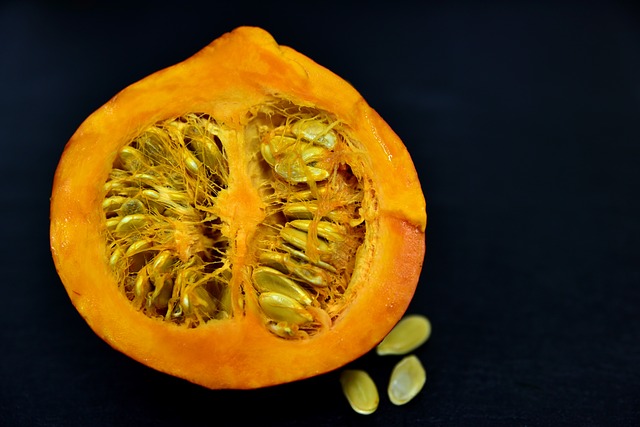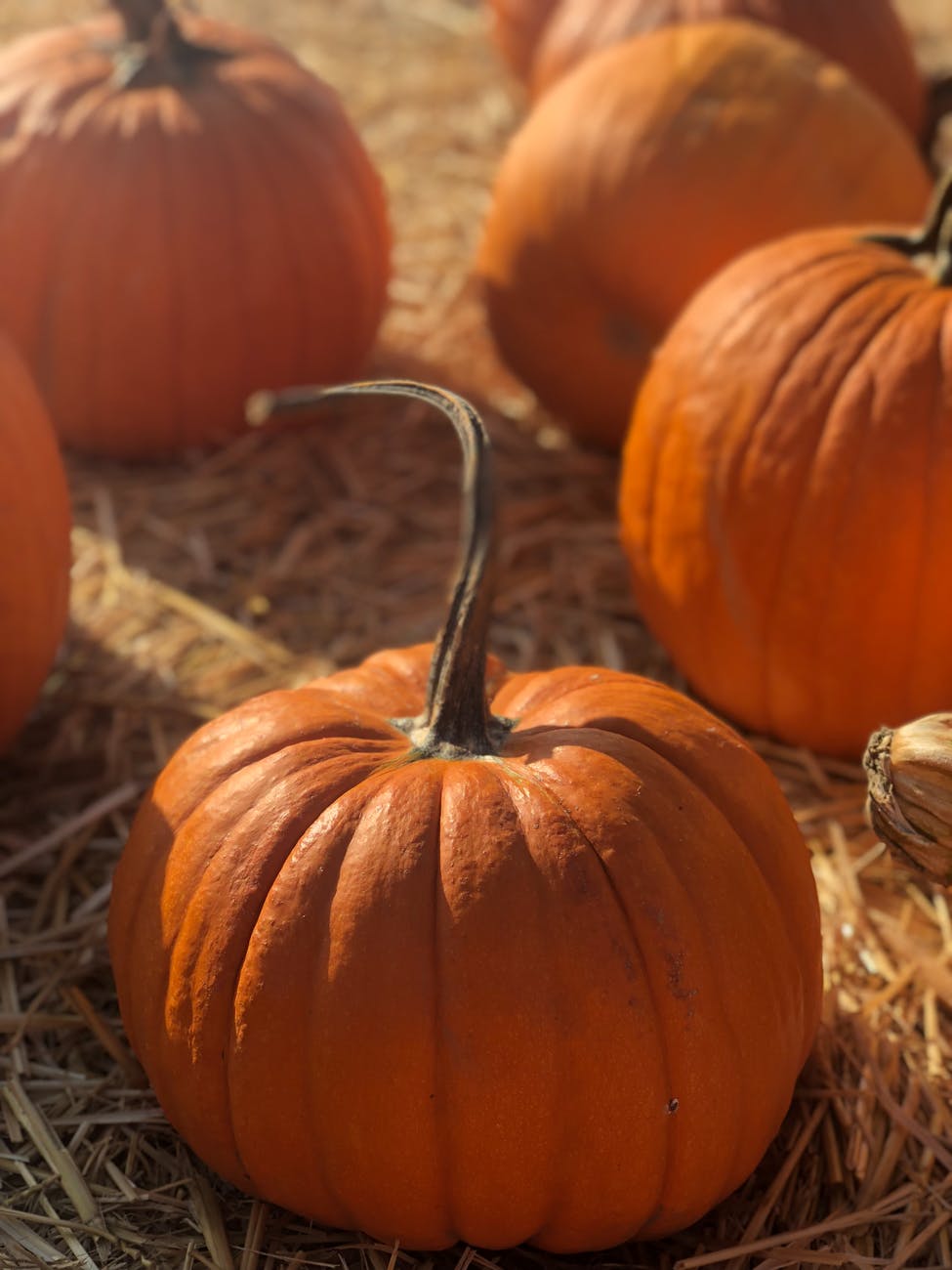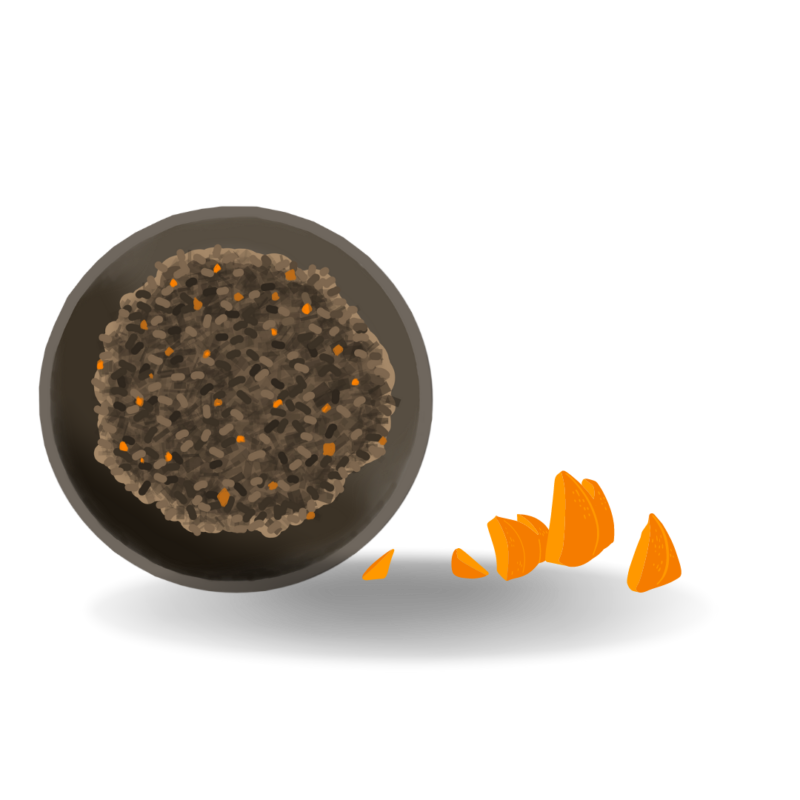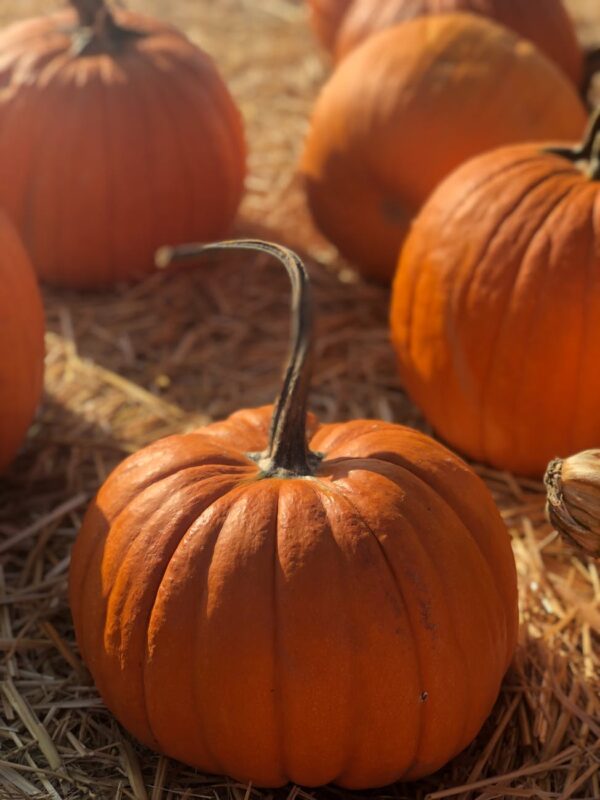Have you ever wondered Can my horse eat pumpkin? Is pumpkin safe for horses?
It’s fall in Europe and America and pumpkins are all over the place. These giant orange squash are popular as people food, but did you know that your horse can eat pumpkin too? Many horses love pumpkin, and with its size and texture there are lots of ways to use this veggie for equine enrichment.
By getting creative with pumpkin, you can keep your horse entertained, relieve boredom, and encourage natural behaviors. But is pumpkin safe for horses? Here’s the scoop on the squash.
When you’ve finished this quick read, head over to the article Five Easy Ways to Use Pumpkin for Horse Enrichment for inspiration!
Quick note: We just published an ebook! If you want more information on equine enrichment safety, including using fresh veggies like pumpkin, please check out the ebook Safe Equine Enrichment available on Amazon. A purchase of the book will give you the knowledge you need to use enrichment items safely – and helps support this site!

Photo by Karolina Grabowska on Pexels.com
Can Horses Eat Pumpkin?
Yes, horses can eat pumpkin. It’s a member of the squash family, which are fully edible by people and equines. And pumpkin has the added bonus of a slightly sweeter taste – some horses don’t care for zucchini or other table squash but love pumpkin.
Prepared correctly, pumpkin is safe for horses to eat. There are some things to know, however.
How Much Pumpkin Can Your Horse Eat?
Pumpkin is edible and versatile, but should be given in moderation just like all treats and enrichment foods. When you use pumpkin in enrichment items or activities, your aim is to encourage natural behaviors like foraging and problem solving.
Not much pumpkin is needed to make a food puzzle entertaining and rewarding, or flavor a meal. Stick to a cup or two of pumpkin for most horses, and consult your vet if your horse has special diet sensitivities like equine metabolic syndrome.

Image by Ulrike Leone from Pixabay
Feeding Pumpkin to Horses Safely
There are a few food safety notes to cover before you click over to the article on five ways to use pumpkin in horse enrichment. To prevent choke, cut away the super-hard rind and slice the pumpkin into smaller pieces. The end of your thumb is a good size reference. Some horses safely eat larger pieces of pumpkin, but better safe than sorry!
Make sure you cut away the tough rind and feed only the softer flesh inside. Horses do have strong jaws and teeth, but many pumpkin rinds are amazingly hard and create sharp or pointed edges when cut. For this reason, it’s best not to feed pumpkin whole, even the smaller pie pumpkins.
Don’t include the stem of the pumpkin in enrichment. Like the pumpkin’s rind, the stem is extremely hard. There’s more than enough usable inner flesh in a pumpkin for several days’ worth of enrichment.
Pumpkin seeds are edible fresh or roasted. As with other parts of the pumpkin, use the seeds in moderation.
Choosing the Right Pumpkin for Your Horse
It’s important that the pumpkins you use are fresh without any sign of rot or disease. They should also be food-grade, from a market or grocery store, and not treated with any sprays or wax.

Photo by Ekaterina Belinskaya on Pexels.com
If you’re using pumpkin puree for a licking mat or smear board, purchase plain, unsweetened canned pumpkin. It shouldn’t have any additives, like extra sugar.
Lastly, even though it’s tempting to make use of your jack-o-lantern pumpkins after Halloween, it’s a better idea to use freshly cut pumpkin for horse enrichment. The cut and scraped inner surface of a carved pumpkin is where spoilage bacteria and mold grows. A previously-cut pumpkin may look all right, but has been growing microbes from the moment it was carved.

The Verdict on Pumpkins for Horses
If your horse likes the taste of pumpkin, this fall vegetable can be an excellent and versatile addition to your enrichment foods.
There are so many ways to use pumpkin for your equine companion’s enrichment routine, so check out this post on five easy ways to use pumpkin in horse enrichment!

Pingback: Five Easy Ways to Use Pumpkin As Horse Enrichment - Enriching Equines